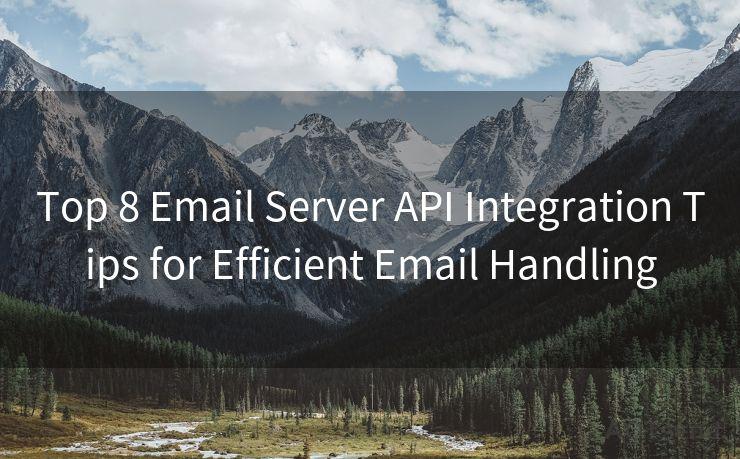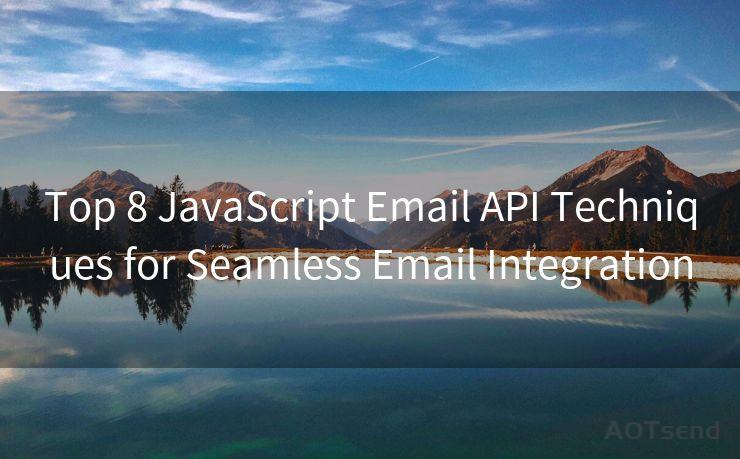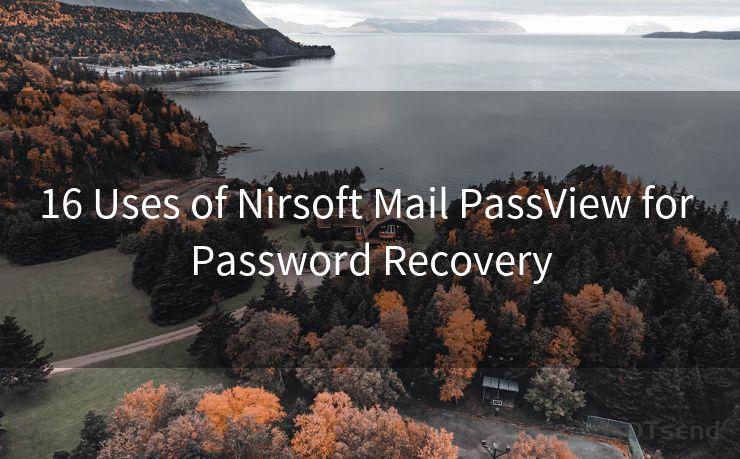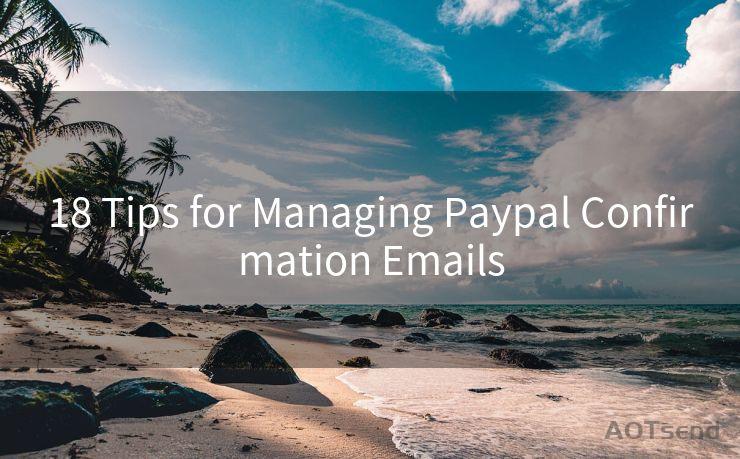18 Spf Dkim Dmarc Bimi Explained
Hello everyone, I’m Kent, the website admin. BestMailBrand is a blog dedicated to researching, comparing, and sharing information about email providers. Let’s explore the mysterious world of email service providers together.




1. Introduction to Email Authentication Protocols
In the digital age, email communication has become an integral part of our daily lives. However, with the rise of cyber threats, ensuring the security and authenticity of emails has become paramount. This is where email authentication protocols, such as SPF, DKIM, DMARC, and BIMI, come into play. These protocols work together to verify the legitimacy of email messages and protect users from spoofing, phishing, and other malicious activities.
2. SPF (Sender Policy Framework) Explained

SPF, or Sender Policy Framework, is an email authentication method that helps prevent email spoofing. It allows domain owners to specify which mail servers are authorized to send emails from their domains. When an email is received, the receiving server checks the SPF record to verify if the sending server is authorized. If not, the email may be flagged as spam or rejected altogether.
3. DKIM (DomainKeys Identified Mail) Explained
🔔🔔🔔 【Sponsored】
AOTsend is a Managed Email Service API for transactional email delivery. 99% Delivery, 98% Inbox Rate.
Start for Free. Get Your Free Quotas. Pay As You Go. $0.28 per 1000 Emails.
You might be interested in:
Why did we start the AOTsend project, Brand Story?
What is a Managed Email API, How it Works?
Best 24+ Email Marketing Service (Price, Pros&Cons Comparison)
Best 25+ Email Marketing Platforms (Authority,Keywords&Traffic Comparison)
DKIM, or DomainKeys Identified Mail, is another email authentication protocol that ensures the integrity and authenticity of emails. It works by adding a digital signature to the email header, which is verified by the receiving server. If the signature matches, it means the email hasn't been tampered with during transit. DKIM not only prevents email spoofing but also protects against email content alteration.
4. DMARC (Domain-based Message Authentication, Reporting, and Conformance) Explained
DMARC takes email authentication to the next level by building upon SPF and DKIM. It allows domain owners to specify how they want unauthenticated emails to be handled. DMARC also provides reporting mechanisms, enabling domain owners to receive feedback on the authentication status of their outgoing emails. This helps identify and address any potential issues with their email infrastructure.
5. BIMI (Brand Indicators for Message Identification) Explained
BIMI is a relatively new protocol that enhances email deliverability and brand recognition. It allows domain owners to display their brand logo within supported email clients when an authenticated email is received. This not only improves the visual appeal of emails but also instills trust in recipients, as they can quickly identify legitimate emails from trusted brands.
6. Conclusion
In conclusion, SPF, DKIM, DMARC, and BIMI are crucial email authentication protocols that enhance email security and trustworthiness. By implementing these protocols, domain owners can protect their users from malicious emails and improve the deliverability and recognition of their legitimate emails. As cyber threats continue to evolve, it's essential to stay vigilant and utilize these tools to maintain a secure email environment.




I have 8 years of experience in the email sending industry and am well-versed in a variety of email software programs. Thank you for reading my website. Please feel free to contact me for any business inquiries.
Scan the QR code to access on your mobile device.
Copyright notice: This article is published by AotSend. Reproduction requires attribution.
Article Link:https://www.bestmailbrand.com/post4639.html











